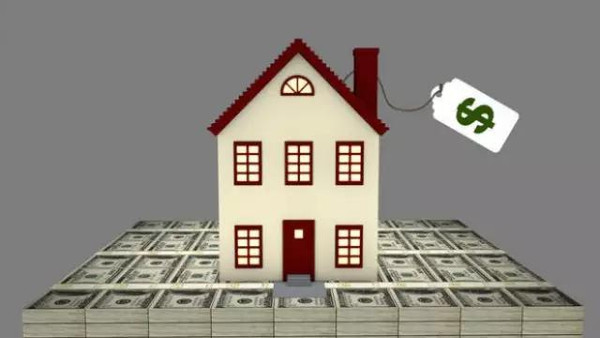Understanding Conventional Loan PMI: What You Need to Know for Home Buying Success
Guide or Summary:What is Conventional Loan PMI?Why is PMI Necessary?How Much Does PMI Cost?How to Avoid PMIWhen Does PMI Drop Off?Conclusion: Navigating Con……
Guide or Summary:
- What is Conventional Loan PMI?
- Why is PMI Necessary?
- How Much Does PMI Cost?
- How to Avoid PMI
- When Does PMI Drop Off?
- Conclusion: Navigating Conventional Loan PMI
**Translation of "conventional loan pmi":** Conventional Loan PMI
---

What is Conventional Loan PMI?
Conventional Loan PMI, or Private Mortgage Insurance, is a crucial concept for homebuyers seeking traditional financing options. PMI is typically required when a borrower makes a down payment of less than 20% of the home's purchase price. This insurance protects the lender in case the borrower defaults on the loan. Understanding the ins and outs of PMI can help you make informed decisions when navigating the home buying process.
Why is PMI Necessary?
When lenders provide a mortgage, they are taking on a significant financial risk. A down payment of less than 20% increases this risk, as the borrower has less equity in the property. PMI mitigates this risk by ensuring that the lender is compensated if the borrower fails to repay the loan. For homebuyers, this means that while PMI adds to the monthly mortgage payments, it can also open doors to homeownership sooner than waiting to save for a larger down payment.
How Much Does PMI Cost?
The cost of Conventional Loan PMI varies based on several factors, including the size of the down payment and the loan amount. On average, PMI can range from 0.3% to 1.5% of the original loan amount per year. This cost is typically added to your monthly mortgage payment, but it can also be paid upfront at closing. Understanding these costs is essential for budgeting your home purchase effectively.
How to Avoid PMI
While PMI is often seen as a necessary evil for many homebuyers, there are strategies to avoid it. One common method is to make a larger down payment of 20% or more. Alternatively, some lenders offer "piggyback" loans, where a second mortgage covers the down payment, allowing the borrower to avoid PMI. It's also worth exploring lender-paid mortgage insurance (LPMI) options, where the lender covers the PMI cost in exchange for a higher interest rate.
When Does PMI Drop Off?
Once you reach a certain level of equity in your home, you may be eligible to have PMI removed. Under the Homeowners Protection Act, lenders are required to automatically cancel PMI when your mortgage balance reaches 78% of the original purchase price, provided you are current on your payments. Homeowners can also request cancellation when they believe their equity has reached 20%, but this typically requires a home appraisal.
Conclusion: Navigating Conventional Loan PMI
In summary, understanding Conventional Loan PMI is essential for anyone looking to purchase a home with a smaller down payment. While it may seem like an additional burden, PMI can be a valuable tool that allows you to enter the housing market sooner. By being aware of the costs, options for avoiding PMI, and when it can be removed, you can make smarter financial decisions throughout your home buying journey. Always consult with your lender or a financial advisor to explore the best options for your unique situation and ensure that you are making the most informed choices possible.